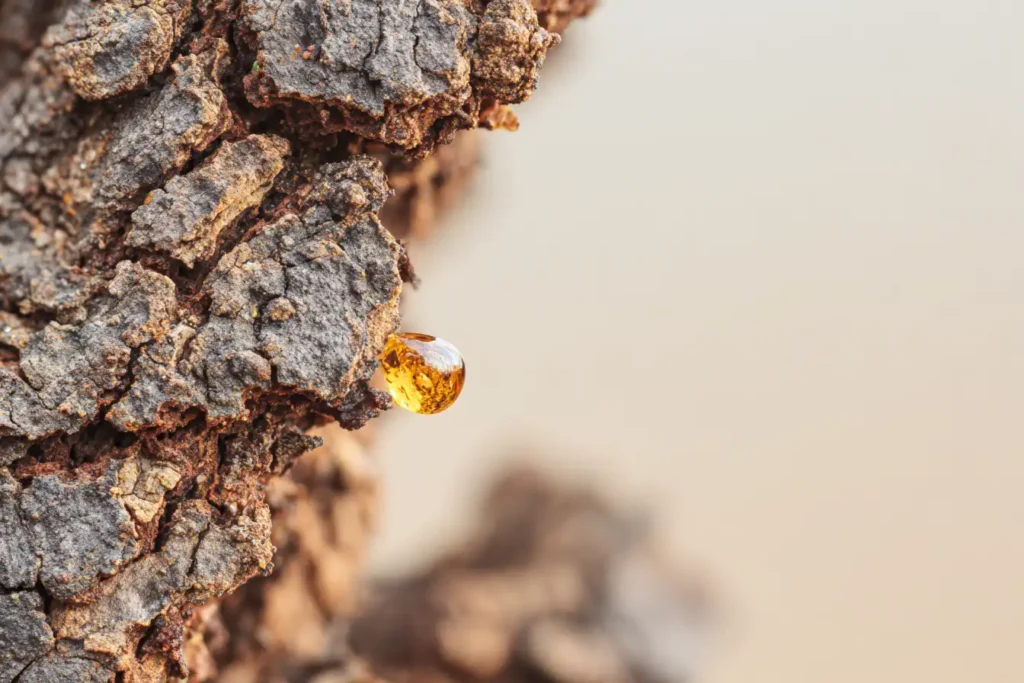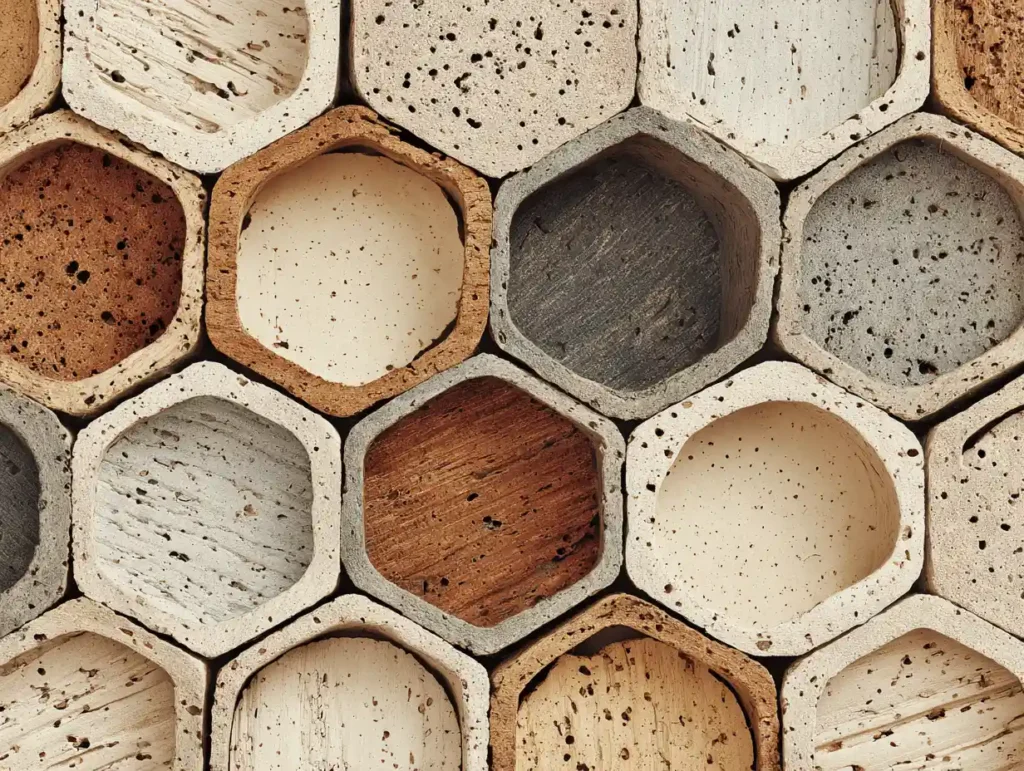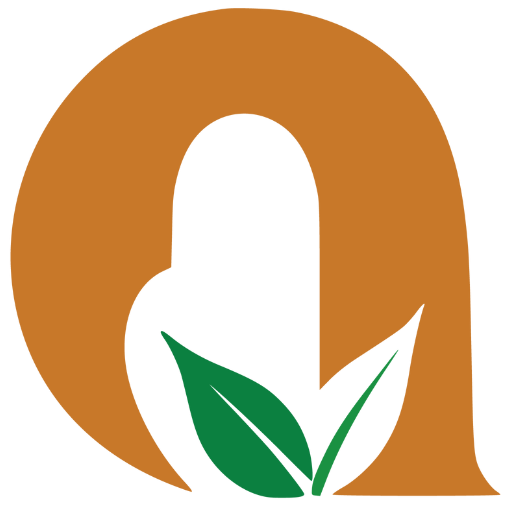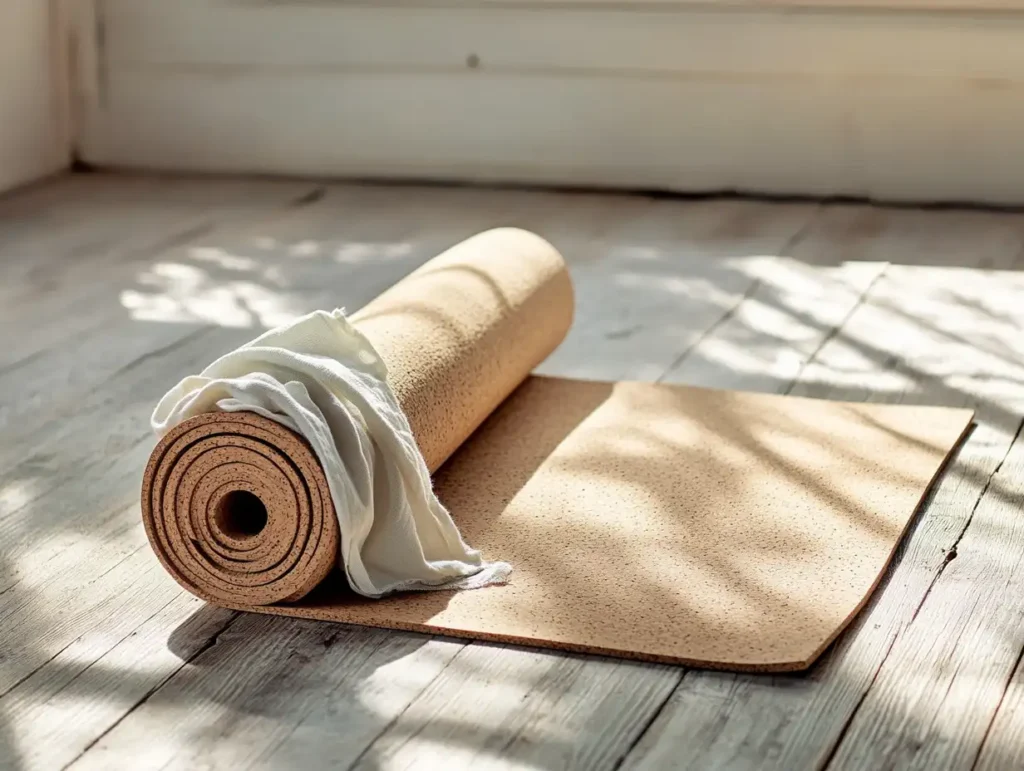Blog, Choosing Your Gear
Cork, Cell by Cell
You can’t rush cork.
It rises through the oak’s bark like a slow exhale, sealing each cell with suberin—an elastic, water-repelling layer that lets the tree breathe without losing itself. Farmers in Portugal call the first harvest “virgin cork.” They wait nine more years before touching the trunk again. Time is the only tool sharp enough for this work.

A material that breathes back
Under a microscope, a shard of cork looks like honeycomb drawn in charcoal. Each cell is a sealed chamber of air, roughly forty million per cubic inch.

That captured air explains why cork floats, why it muffles sound, why it never soaks through. In practice the benefits read simply: grip when your hands sweat, warmth when the floor chills, resilience without rebound. Those are the quiet cork yoga mat benefits most people notice before they know the science.
Grounded design, not foam
Your mat’s top layer is stripped bark—no dyes, no foam, no filler. Beneath it, a backing of natural rubber steadies the sheet so it unrolls flat and stays put in downward dog. The choice was deliberate. We studied natural rubber vs PVC once, then closed the notebook; only one of them returns safely to soil. Rubber also carries its own grip, creating a two-sided surface that listens to both you and the floor.
If you want the origin story in your hands, the mat is linked here, quietly.
Caring for living bark
Cork cells rebound after every press, but they prefer clean pores. After practice, mist with water and wipe with a cotton cloth. No essential oils—pure water is enough. Let the mat dry flat; cork dislikes being rolled while wet. Off-season storage is simple: leave it loose, out of direct sun, somewhere it can keep breathing. A two-minute ritual that extends life more than any conditioner ever could.
Beyond the mat
Cork stoppers, bulletin boards, the soles of orthopaedic shoes—each use leans on the same cellular architecture. Our choice to bring cork into practice was not about novelty; it was about returning to a material that never needed improvement. The oak keeps growing, the bark keeps healing, and every nine years the farmer walks back to the grove with the same dull axe. There is patience carved into every sheet.
Quiet closing
Your practice ends when the mat folds closed, not when the pose does. Roll the bark inward, set it upright, and you will feel the tree still breathing—cell by patient cell.


